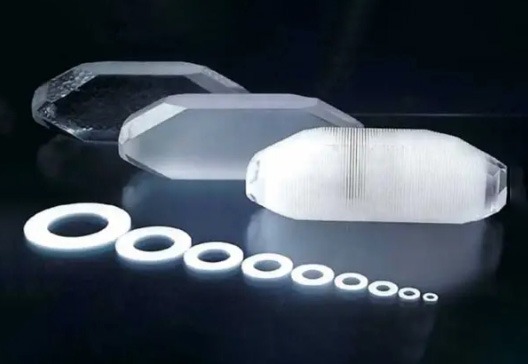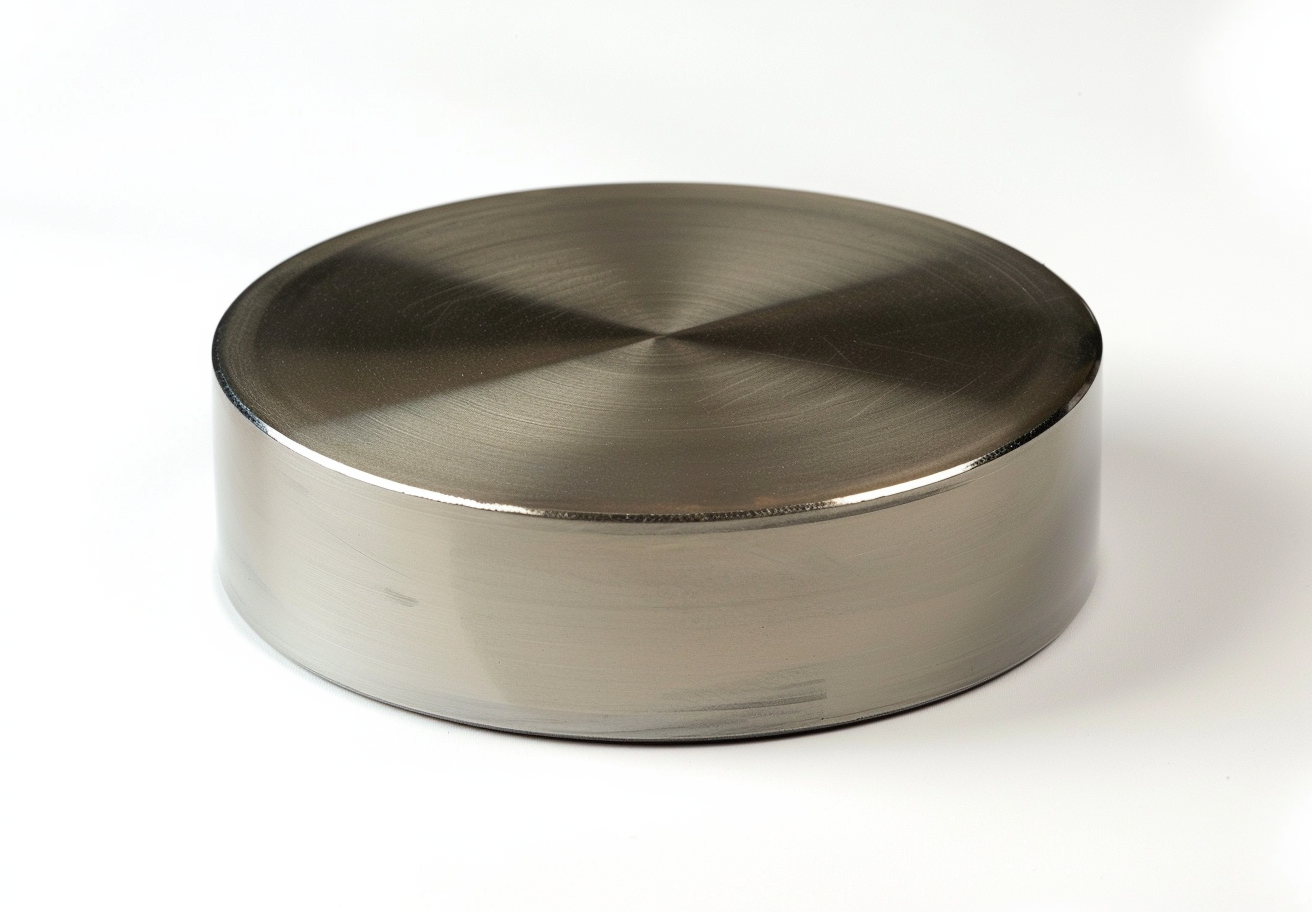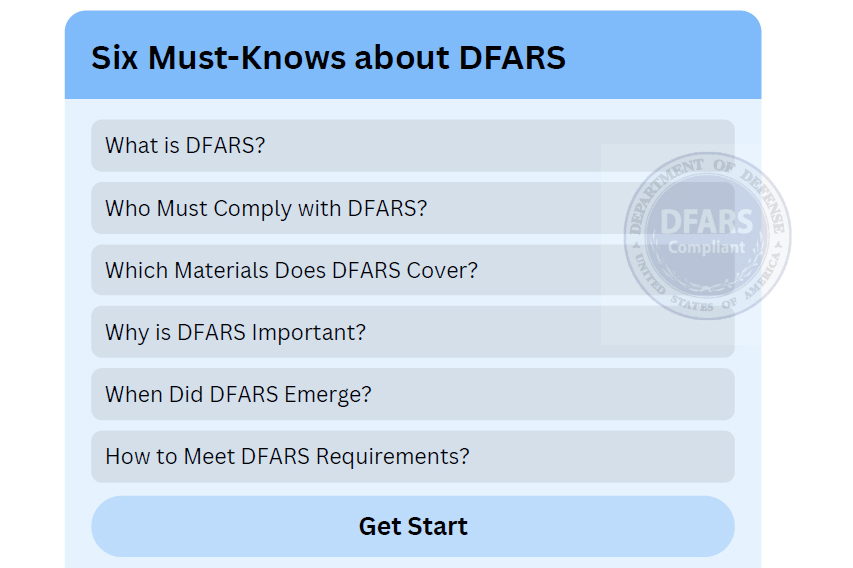The Processing Of Titanium Clad Copper Parts
The Processing of Titanium-Clad Copper Components
1. Our process mainly comprises explosion plating and rolling.
Explosion Plating
2) Explosion plating is a method that uses the energy produced by an explosive detonation to join sheets.
Manufacturing of Explosion Platings
3. The manufacturing of explosion platings:
a. Pre-clad: Evaluation of the pure material → Surface grinding → Assembly (Backer & Cladder)

b. Pre-clad assembly
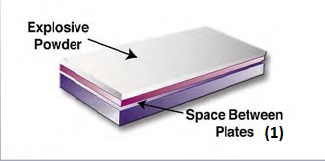
Encasing and base metal plates are arranged parallel with a prescribed gap. The explosive charge is positioned on top.
c. Encapsulation:
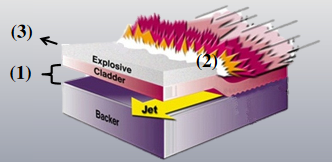
The detonation propagates over the plate at approximately 2 000 m/s (2 & 3);
The essential variables are:

d. Post-clad:

Flattening and cutting → Inspection (ultrasonic testing)
4. Rolling
5. Straightening → Machining → Polishing
Conclusion
We thank you for reading our article and trust it will assist in understanding the processing of titanium-clad copper components. If you require further information on titanium-clad copper components and other high-melting-point metals and alloys, please visit Stanford Advanced Materials (SAM) to obtain further information.
Stanford Advanced Materials (SAM) is a global supplier of titanium products and has over two decades of experience in the manufacture and distribution of titanium products. The company supplies titanium and titanium-clad copper components to meet the R&D and production requirements of its clients. Accordingly, we are confident that SAM will serve as your preferred supplier and business partner for titanium-clad copper components.

 Bars
Bars
 Beads & Spheres
Beads & Spheres
 Bolts & Nuts
Bolts & Nuts
 Crucibles
Crucibles
 Discs
Discs
 Fibers & Fabrics
Fibers & Fabrics
 Films
Films
 Flake
Flake
 Foams
Foams
 Foil
Foil
 Granules
Granules
 Honeycombs
Honeycombs
 Ink
Ink
 Laminate
Laminate
 Lumps
Lumps
 Meshes
Meshes
 Metallised Film
Metallised Film
 Plate
Plate
 Powders
Powders
 Rod
Rod
 Sheets
Sheets
 Single Crystals
Single Crystals
 Sputtering Target
Sputtering Target
 Tubes
Tubes
 Washer
Washer
 Wires
Wires
 Converters & Calculators
Converters & Calculators
 Write for Us
Write for Us
 Chin Trento
Chin Trento

